- Anti-oxidant/anti-inflamatory nanoparticles to protect the brain from excess electrophysiology and to mitigate damage post-crisis
- Characterization of the didys552 zebrafish mutant line (mutation in snc1lab gene) and set up of an efficacy drug screening assay using reference compounds
- Cell Therapy with GABAergic interneuron precursors for Early Infantil Epileptic Encephalopathies (S. Dravet, S. West y S. Stxbp1)
- Creation of a therapeutic drug monitoring (TDM) unit for the optimization of the Dravet syndrome pharmacological therapy
- Design, synthesis and pharmacological evaluation of new neuroprotective agents oriented to the tratment of Dravet syndrome
- Efecto de campos magnéticos estáticos de intensidad moderada en modelos de epilepsia y síndrome de Dravet
- The effect of beta-caryophyllene treatment in a murine model of Dravet syndrome
- The endocannabinoid system study in Dravet syndrome
- Intrinsic neuronal excitability and spontaneous 1 activity underlie cortical abnormalities upon Nr2f1/COUP-TFI deficiency
- Investigating Epilepsy by Super-resolution Imaging of Synapses and the Extracellular Space in Live Brain Tissue
- Precision Medicine in Dravet Syndrome
- Reactive Neurogenesis and Gliogenesis in a Dravet Syndrome Mouse Model
(Laboratory of Bioactive Research and Development (LIDeB))
Timeline: 2019-2020
Project Costs: € 6.000 – 9.000*
* For its initial stages, the cost of the project it is not excessive because the analytical equipment currently available in our laboratory is suitable for the development of the analytical method, and thus only the cost of the supplies is included. However, once the therapeutic monitoring methodology have been developed and validated, it would be ideal to acquire an HPLC equipment fully applied to the project, in order to be able to perform the analysis of the patients’ samples. routinely and immediately.
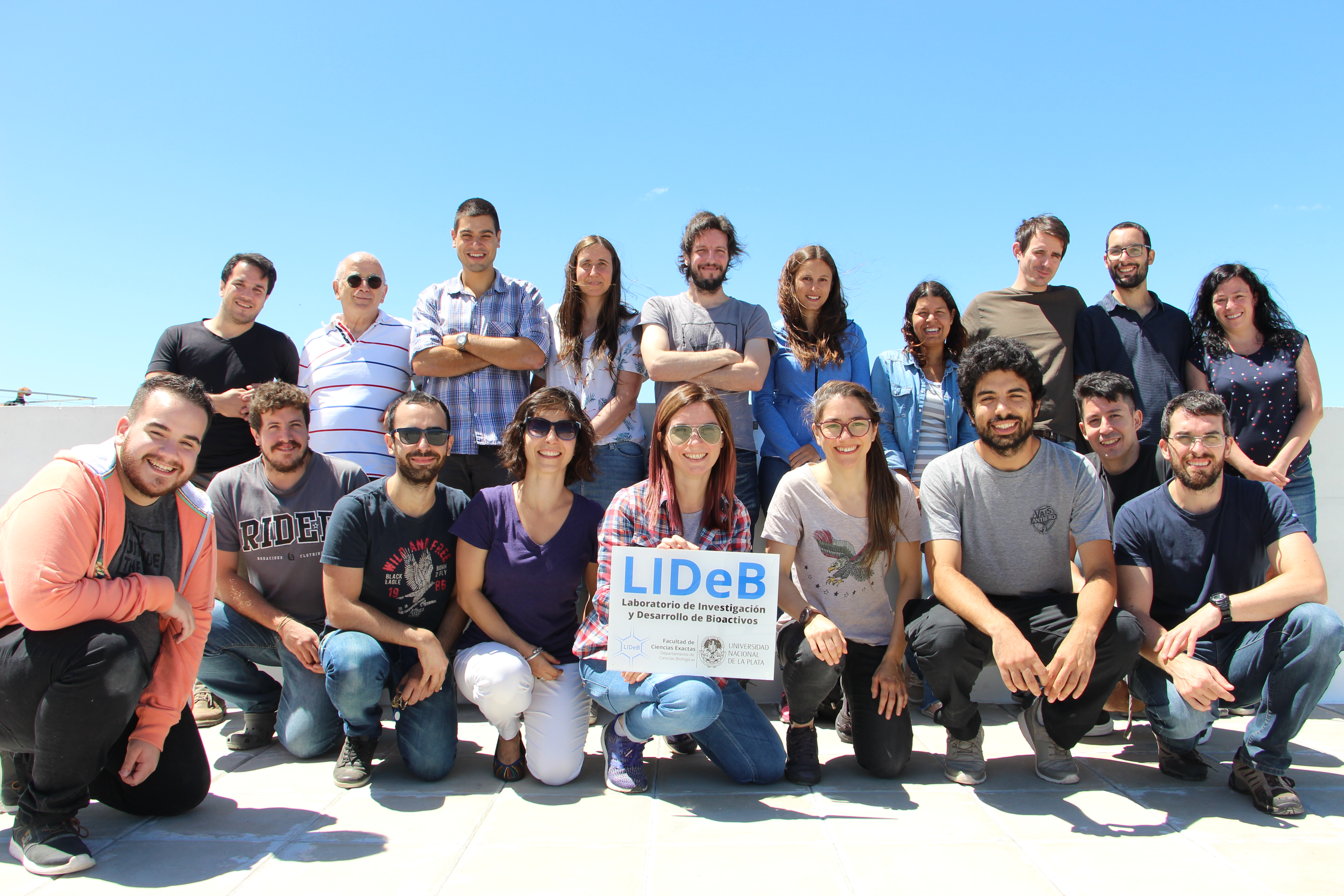
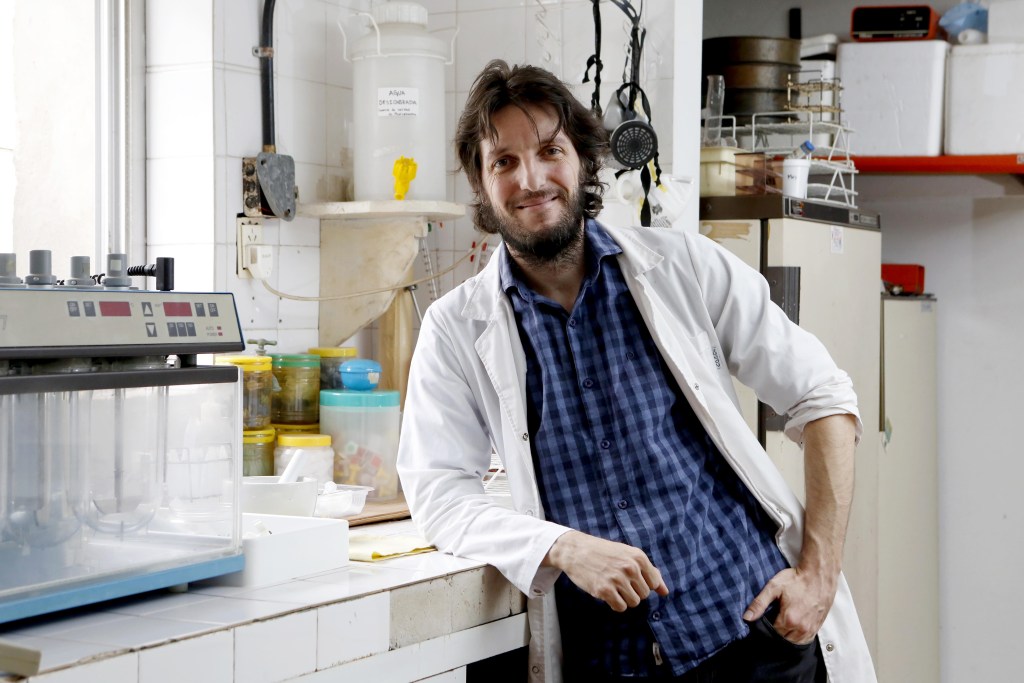

1. Aims and goals
1.1 Overall objective
To create a therapeutic drug monitoring (TDM) unit to carry out the analytical determination in biological fluids of the anticonvulsant drugs used in the treatment of Dravet syndrome.
1.2 Goals
1.2.1 Development of an analytical methodology for the simultaneous determination of clobazam, N-desmethyl clobazam and stiripentol by high performance liquid chromatography (HPLC), from plasma samples of patients with Dravet syndrome.
1.2.2 Validation of the developed methodology (by means of its specificity, precision, accuracy, sample stability, linearity, concentration range and limits of detection and quantification), verifying the non-interference of other anticonvulsant drugs commonly used as anticonvulsant polytherapy.
1.2.3 To publicize the monitoring service to the medical community of public and private health care centers, as an accessible tool for the optimization of the pharmacological treatment of patients with Dravet syndrome.
1.2.4 Startup of the TDM unit as a dosing service available by medical request (i.e. by physician order form).
1.2.5 Generation of and efficient workflow to allow the delivery of the results, in a timely manner, as well as a comprehensive report that allow the physicians an accurate diagnosis of the patients’ situation for the subsequent individualization of their dosing regimen.
1.2.6 Strengthening of the bonds between academia and society.
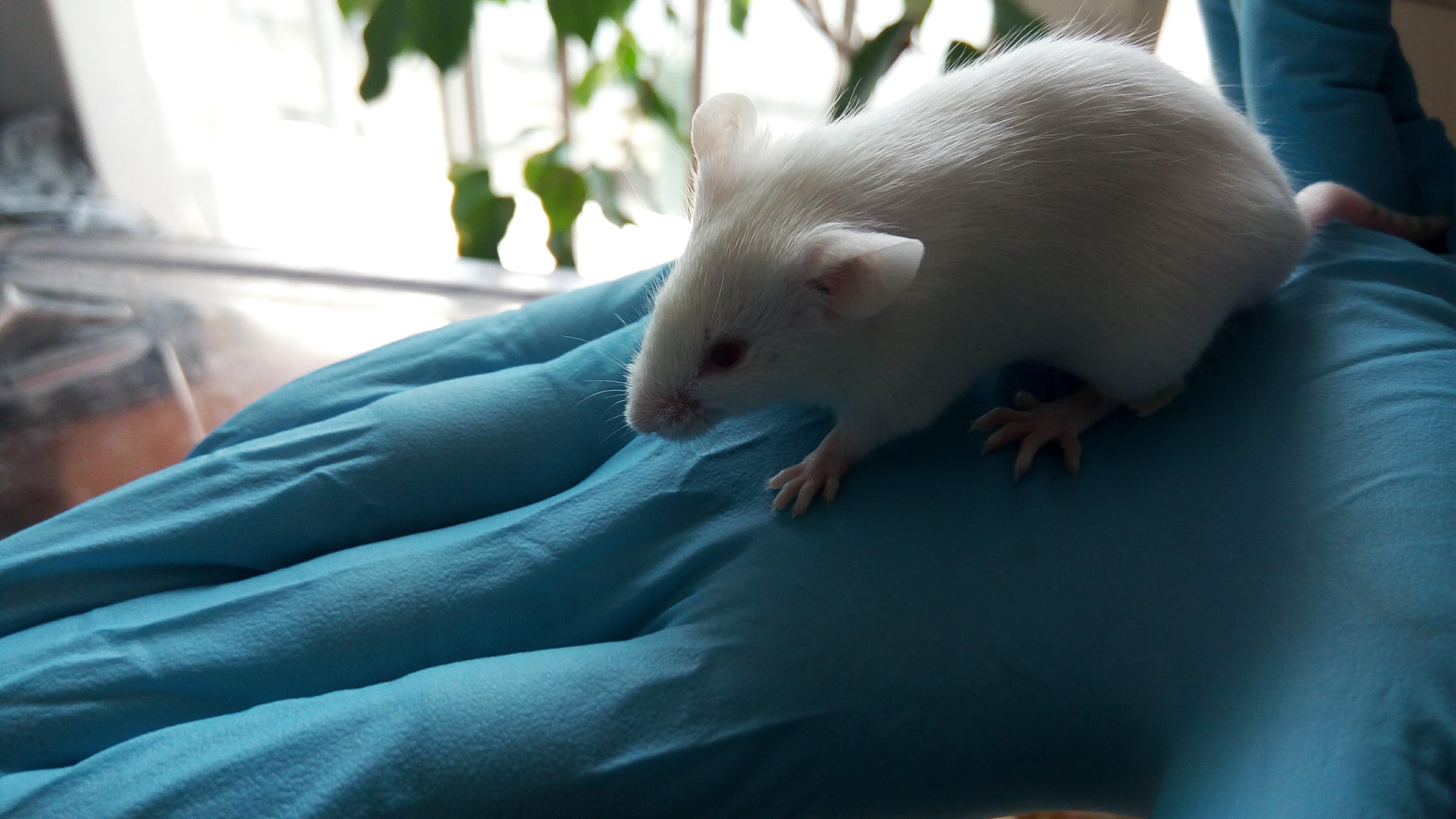
2. Justification of the project
Optimization of a pharmacological treatment must be a priority in any health care center, since it allows guaranteeing a correct dosing regimen in an individualized patient, and thus to obtain and optimal efficacy/safety profile. There are several reasons that justify the TDM of a drug in biological fluids: a narrow therapeutic index (i.e. drugs with small differences between therapeutic and toxic doses), high inter-individual variability, non-linear pharmacokinetics, high toxicity and/or poor correlation between concentration and therapeutic response.
Drugs with one or more of the aforementioned characteristics require, therefore, a careful adjustment of the dose and periodic TDM, since relatively small changes in the systemic concentration can lead to marked changes in the therapeutic response. On the other hand, the adverse effects of these drugs usually occur with doses that are close to those required to achieve the desired therapeutic effect.
3. Brief state-of-the-art
Stiripentol (STP) has been approved for use as a complementary treatment for childhood epilepsy syndrome known as severe myoclonic epilepsy of infancy, or Dravet syndrome (Chiron, C. Dev. Med. Child Neurol. 53: 16–18, 2011). It is currently accepted STP exert its therapeutic effect through several mechanisms, including direct action on GABA-A receptors through positive allosteric modulation (Fisher, J. L. Neuropharmacology 56: 190–197, 2009). Like phenytoin, STP exhibit a non-linear pharmacokinetics, with less clearance at high doses. It is rapidly absorbed by the oral route, but experiences an extensive first pass metabolism in the liver. About 4% of the drug is excreted unaltered in the urine, while 16-22% appears in urine as conjugates. STP is extensively bound to plasma proteins, with a free fraction close to 1% (Luke et al, Ther. Drug Monit. 243–267, 2012). Due to its inhibitory effect on cytochrome P450 enzymes, STP may alter the metabolism of other co-administered drugs: both in vitro and in vivo results showed that STP is able to reduce the biotransformation of other anticonvulsant drugs (ACD), increasing their plasma levels and requiring in some cases prolonging the dosing interval. Similarly, plasma STP levels may also be modified by means of pharmacokinetic interactions: carbamazepine, phenobarbital and phenytoin decrease plasma STP concentrations by induction of metabolic enzymes (Brandt et al. Ther. Drug Monit. 34: 390–397, 2012).
Due to its non-linear kinetics, high protein binding and the possibility of pharmacokinetic drug-drug interactions, the quantification of STP blood levels, both total and free, would be very useful and powerful tool for the optimization of the dosing regimens of patients with Dravet syndrome (McMillin et al., Clin. Challenges in Ther. Drug Monit. 101–134, 2016) Currently, there are not many methods reported for such TDM, and none available in Argentina.
A provisional therapeutic range of 4-22 mg/L of STP in plasma has been proposed based on the therapy of absence seizures in children, although it should be noted that patients were co-medicated with other ACDs. Plasma concentrations of STP > 22 mg/L were associated with the presence of adverse effects (Farwell et al., Epilepsia 34: 305–311, 1993). This suggestion of a narrow therapeutic range would be an additional reason for monitoring STP plasma levels (Luke et al, Ther. Drug Monit. 243–267, 2012).
On the other hand, given that STP is usually indicated in combination with Clobazam (CLB) and Valproate (VA, when these two drugs do not achieve adequate control of seizures), the correct adjustment of the dosing regime requires to know the plasma levels of the three drugs (including the active metabolite of CLB, N-desmethylclobazam, N-DCLB). Although CLB and N-DCLB are not considered narrow therapeutic index drugs, their TDM is widely justified due to a great interindividual variability in their plasma levels, as well as the possibility of pharmacokinetic drug-drug interactions with the other ACDs (Russell et al., Ther. Drug Monit. 40: 452–462, 2018).
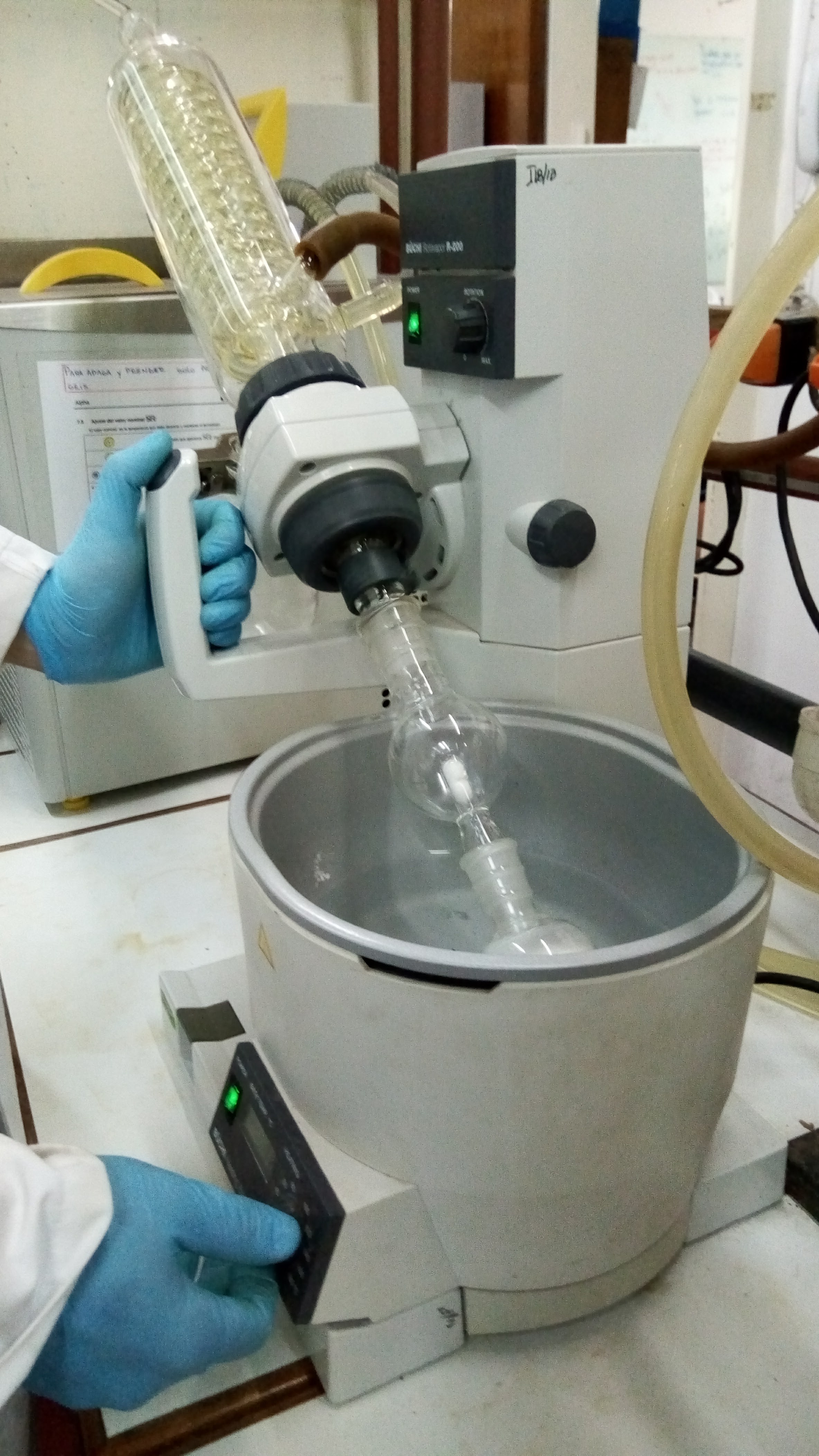
In Argentina there are public health services capable of monitoring VA levels in blood (http://www.garrahan.gov.ar/lab/images/Directorio.pdf), but not STP, CLB or N-DCLB. That is why we propose to develop a method capable of quantifying, at the same time, the three compounds in a plasma sample: STP, CLB and N-DCLB, without interference from other drugs commonly co-administered in patients with Dravet syndrome, such as VA or Topiramate.
4. Initial results (if available and non-confidential)
The present project is planned to start in August 2019, and hence there is still no experimental data. We expect, however, to obtain the first results in mid-2020, since the project is oriented to the needs of patients and physicians of the Dravet syndrome community: there is currently no available TDM service for STP, CLB and N-DCLB.
5. Project stages
5.1 Method development:
- Determination of the chromatographic conditions that provide optimal resolution of the signals of STP, CLB y N-DCLB.
- Development of the sample preparation method by maximizing the recovery of the analytes from the biological matrix (plasma).
5.2 Analytical method validation:
- Determination of the method specificity, precision, accuracy, linearity, range and limits of detection and quantification.
- Investigation of the stability of the biological samples (original and prepared simples, under storage and analytical conditions).
5.3 Development of the documentation
- Analysis request forms
- Laboratory analysis forms
- Results reports
5.4 Communication of the results of section 5.2 and publicizing of the TDM service to the medical community.
5.5 Startup of the TDM
6. Schedule and milestones
| PERIOD | PROPOSED ACTIVITY |
|---|---|
| 8/19 – 10/19 | Stage 5.1 |
| 11/19 – 02/20 | Stage 5.2 |
| 03/20 – 04/20 | Stage 5.3 |
| 02/20 - 06/20 | Stage 5.4 |
| 06/20 - 12/20 | Stage 5.5 |
| 11/20 - 12/20 | Project balance and statistical data gathering. Planification for the next year. |
Milestones
- Communication of the analytical method developed and validated.
- Number of hospitals / health centers contacted.
- Number of hospitals / physicians interested in participating in the project.
- Number of TDM carried out within the framework of the project (samples analyzed).
- Number of clinical histories and dosage regimens analyzed (i.e. pharmacotherapeutic reports).
- Opinions of the participating physicians regarding the TDM (accessibility, samples transport, time for the results, report generated).
7. Project relevance
As mentioned before, this is a highly relevant project within the framework of the Argentine health system, which does not currently have any public or private institution that offers stiripentol TDM for patients.
Moreover, the simultaneous determination of CLB and N-DCLB will allow the thorough therapeutic evaluation of the poly-medicated patients, and thus the optimization and individualization of the therapeutic regimens, i.e. maximization of the efficacy and the minimization of adverse effects.
8. Quality of the project
This is an applied project, which can be readily transfer to the daily clinical practice of the treatment of Dravet syndrome.
9. Expected results
It is expected to complete the goals and phases of the project in accordance with the schedule foreseen. Furthermore, we will seek to achieve the maximum diffusion of the new TDM service developed, in order to reach the greatest possible number of physicians and patients interested in it.
Economic needs until December 31st 2019: € 3.000.
COOPERATIVE GROUPS
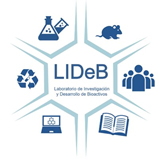
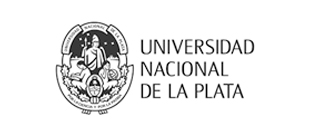
SPONSORS


